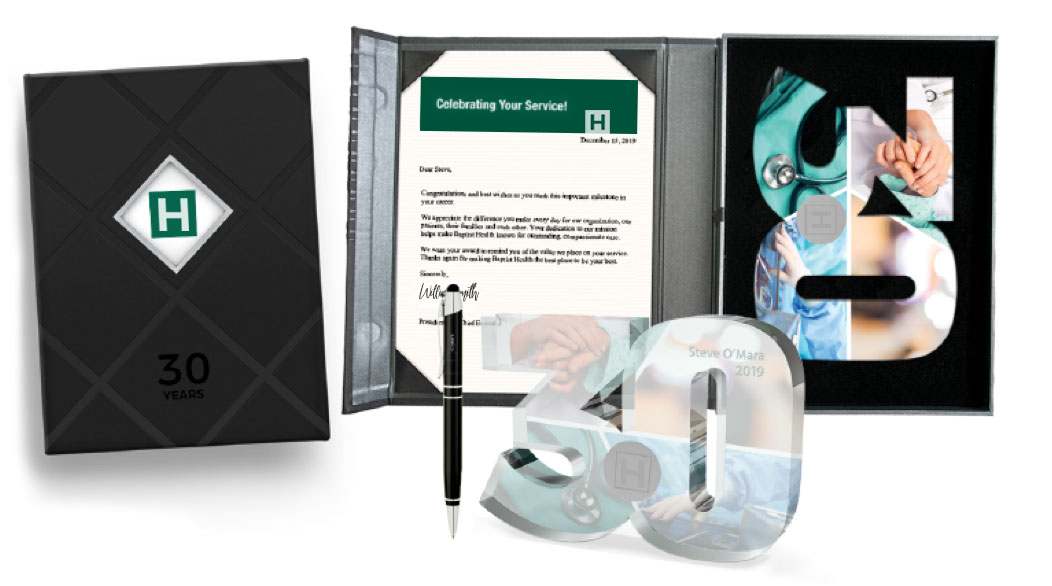Safe Transport
How driver recognition and safety impacts all of us
There are 3.5 million professional truck drivers in the United States transporting about $671 billion worth of manufactured and retail goods annually. Add the people involved in the trucking companies, warehouses and private sector and there are 8.9 million people employed in trucking-related jobs.
Driver turnover at an all-time high
Driver turnover at big motor carriers rose to 95 percent in the third quarter of 2017. An improving economy and increased freight transportation due to more online shopping is causing fierce competition for drivers. This combined with long hours, low pay and tough working conditions all contribute to high turnover and more inexperienced and unengaged drivers on the road than ever.
Driver engagement is not just the concern of the Transportation sector.
There were 6 million crashes in the US in 2014, with 4,311 fatal crashes involving a large truck and 745 drivers killed. Improving safety and engagement in transportation is important for everyone travelling in the country.
- Drivers on the road for more than 8 hours have twice the risk of crashing
- Distracted drivers are 23x more likely to have an accident
Drivers who stay longer and stay safer, protect themselves, the public and their company’s bottom line.
For every dollar in revenue a trucking company generates, about 95.2 cents goes to operating costs. With only about 4.8 cents left on the dollar as profit, transportation companies are increasingly looking to their people for a competitive advantage.
Productivity and Safety are not mutually exclusive
A study by Strategic Programs Inc. of 70 transportation companies shows the highest-performing fleets – those with operating ratios at or below 90% and turnover percentages well below industry average – outperformed competitors and had the highest engagement scores.
Here are four things these companies did to improve driver engagement, retention, safety and productivity – lessons all industries can learn from.
1. There are no second class employees
How many times have you seen “No drivers past here” signs in offices, loading docks and delivery bays? Within 72 hours a new hire will know whether they will stay with you long term. Treating drivers as valued members of the team is the first step in improving retention, building a workforce that will go the extra mile and stick with you for the long haul.
2. Dangerous jobs demand more training
A well thought-out Orientation program seems logical given that trucking ranks as one of America’s most dangerous jobs BUT you’d be shocked at the lack of training in the trucking industry.
HireRight, a background screening firm, found in its 2015 benchmarking survey that the top two techniques to retain new employees were longer orientation/training periods (41%) and appointing driver liaisons/mentors (32%).
Proper driver training involves an ongoing commitment from leadership. The investment of time upfront training new hires saves serious dollars down the road due to:
- fewer accidents and time consuming accident investigations
- reduced injury and insurance claims
- less turnover
CSI STARS strategic onboarding program involves appointing an “ambassador” – a person new drivers can go to with questions as a point of contact other than their dispatcher. Some clients even compensate their seasoned drivers for help mentoring new drivers enhancing their own job satisfaction and engagement.
3. People who feel recognized exceed expectations
The second most common reason drivers leave a company is a feeling that the company doesn’t value or care about them. Saying “thank you” doesn’t cost a thing but not saying thank you can cost you $8,234 (the cost of replacing a driver) or more in a tight labor market.
CSI STARS mobile-optimized safety recognition dashboard makes it easy to recognize drivers who are doing the right things. Our non-monetary eCertificates, points for performance programs and amazing reward choices enable managers/dispatchers to thank drivers for meeting delivery times, achieving safety targets, going above and beyond or other goals set by the company. What gets measured gets managed and what gets recognized and rewarded gets repeated.
4. You’ll never know if you don’t ask
Drivers, like everyone else, want to feel a part of something bigger than their truck. Since they are on the road, efforts to ensure they are kept in the loop are especially important. Regular company podcasts are a great way to disseminate information on events, new hires, staff changes and updates.
Drivers are your eyes and ears out in the field. They also have time to think about ways things can operate more efficiently. They just need to be asked. Companies that encourage ideas and suggestions from their drivers experience higher productivity, retention, engagement and profitability.
CSI STARS recognition programs include an online pulse survey tool that lets companies solicit input from drivers. It can be an open field poll used as a suggestion box or changed up frequently to gather feedback on workload, morale, safety, etc. It’s a handy tool to keep your finger on the pulse when employees are travelling all over the country.
For help preparing your business case for a driver safety and recognition program, download our Slideshare and request a demo today!
Click for more stats to prepare a business case for recognition and safety



















